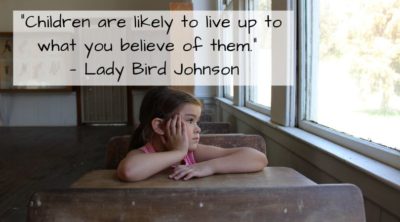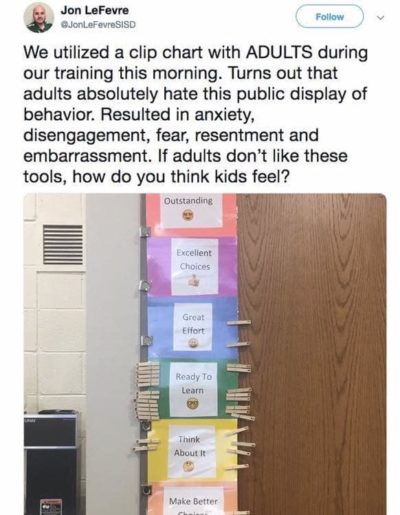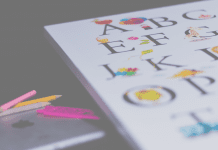
Teaching is often like parenting; each classroom is unique, with its own atmosphere, guidelines, and expectations. But all classrooms have one common goal: Leading children to success. When we consider this, it’s important to remember that just because something doesn’t work for me, it doesn’t mean it doesn’t work ever.
This year, I ditched my clipchart because it wasn’t working for me.
If you have or teach children, I’m sure you know what I’m talking about; the clip-up and clip-down behavior chart. Some teachers love it, and some teachers don’t. I decided I don’t. Here’s why:
The same kids always stay on “red.”
If they’re always on red, it doesn’t really correct the behavior. There’s something deeper going on that a clip-down won’t fix. Throughout the year, students who always land in the red zone become desensitized to it. Oh, I’m on red again. What’s new? I want them to see themselves as successful, not as the student who’s always in trouble.
Their peers take notice.
A parent once told me, “My child comes home every day and tells me who was on red!” Ouch. I never want that to be the daily takeaway. I don’t want my students to be known by their struggles. I’ve found that I can correct behavior on a personal, more private level and it’s almost always more effective. You can still be firm and demanding while being discreet.
My students weren’t being motivated by what was really important.
So many times, I heard, “LOOK TEACHER, did you see I helped my friend? Can I move my clip up????” I want my students to help others without being motivated by a clipchart. I want them to help others because they know empathy and compassion. I want them to do the right thing because it is honorable and kind, not just to get something from my treasure box.
Apparently, it doesn’t work with adults either.
Do you know what makes employees work hard and persevere in the workplace? Feeling important. Feeling responsible. Feeling needed. It’s okay to be firm and have expectations, but then we should also be ready to give responsibility and build relationships that foster these feelings.
So, how do I manage behavior without a public display?
I don’t have a magic behavior plan, but I know what works for my classroom:
Time-out to think and chat.
We sit out a few minutes of recess, usually together, discussing the reason for time out: Why are we here? Why did you make that choice? What would you have done differently?
And I don’t accept, “I’ll be good” for an answer.
It’s too general. I work on leading them to specifics by asking how and why questions. The truth is that children WANT to do well; sometimes they just lack the skill. It’s up to us to stop and take hold of that teachable moment.
Immediate consequences.
I am not anti-consequences. It’s our responsibility as educators to show our students that actions have consequences, both good and bad. My goal this year is a movement toward instant consequences. If a student cannot behave during center time, he will work at his seat. If he can’t behave at lunch, he has an assigned seat. We always take a moment to talk about that consequence, and then try again tomorrow.
Communication, communication, communication.
This year, I started using Class Dojo. It is a free app that allows parents and teachers to communicate privately about behavior, resources, and other needs throughout the school year. If a child is not following the rules in my class, I can immediately notify the parent. On another note, I can personally reward each student points for on-task and positive behavior. I can send pictures, reminders, and notifications. In my experience, the more positive involvement I have with parents, the better my students behave in the classroom.





















